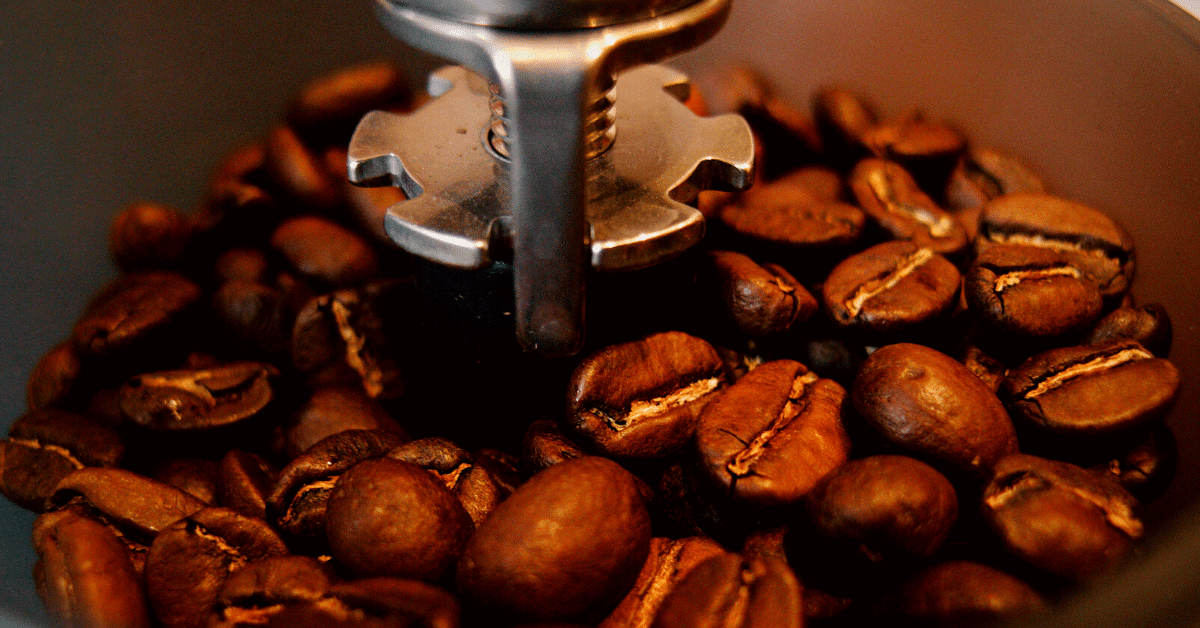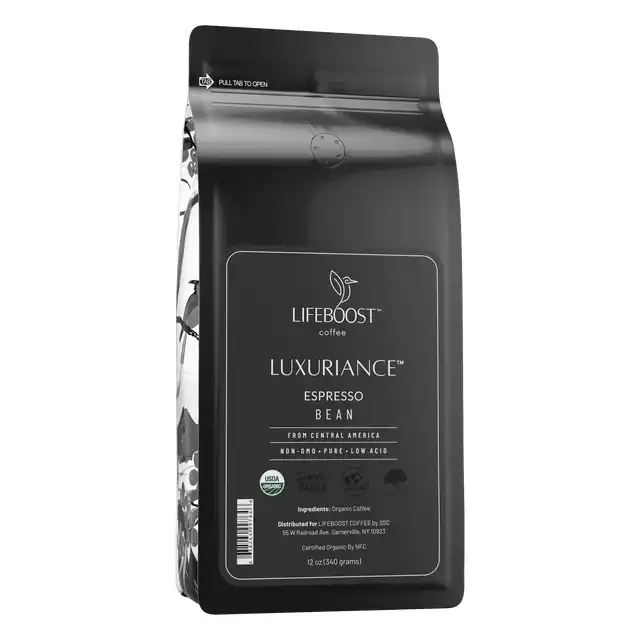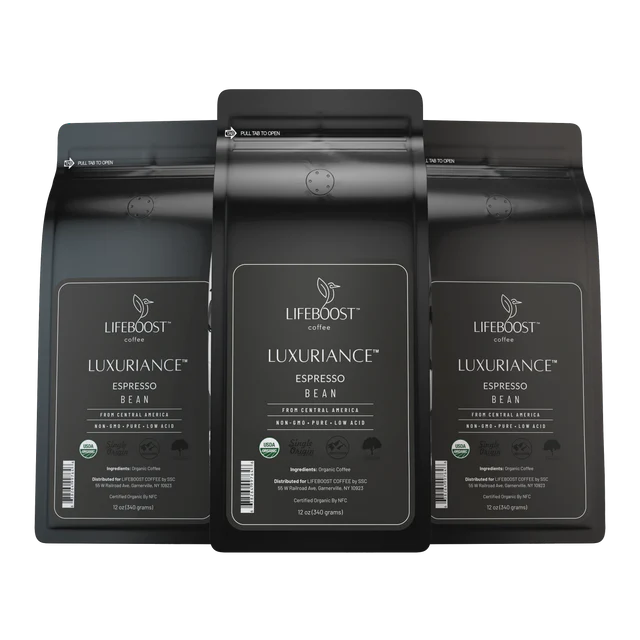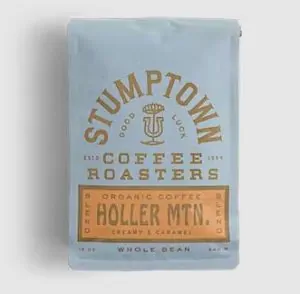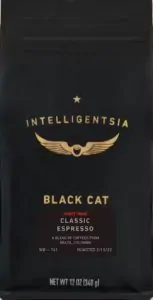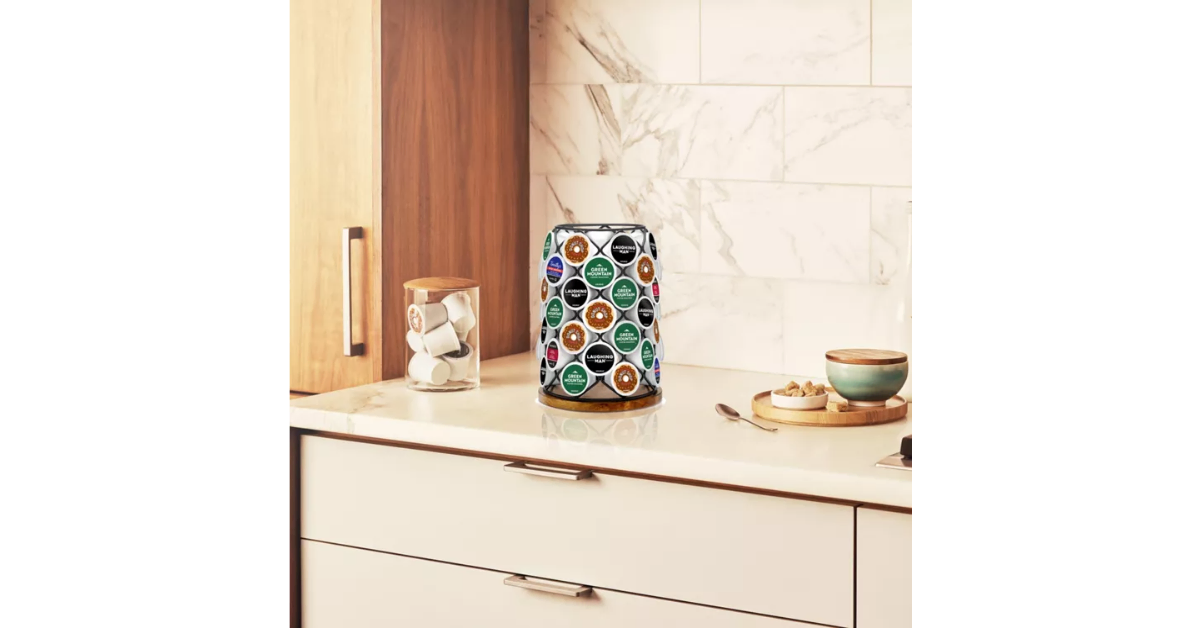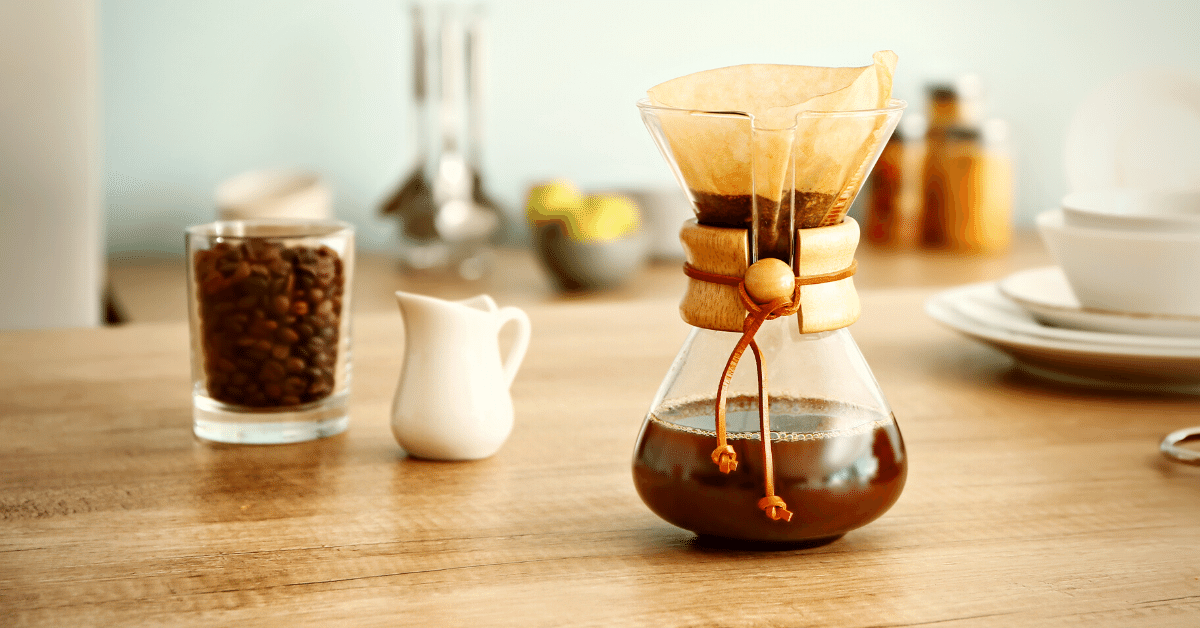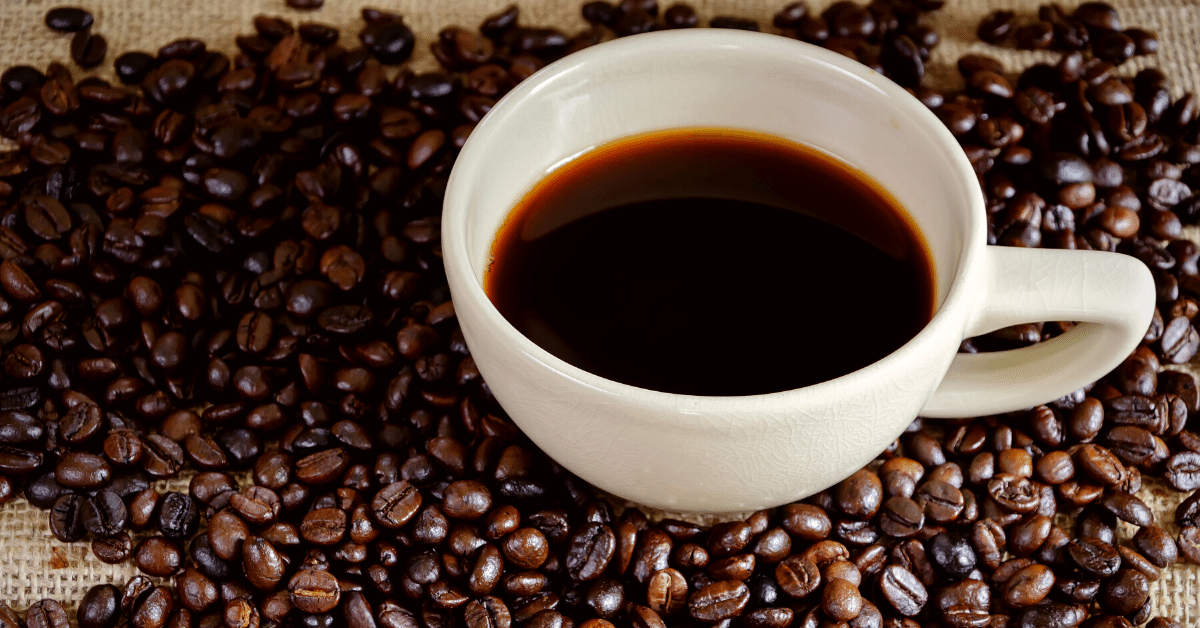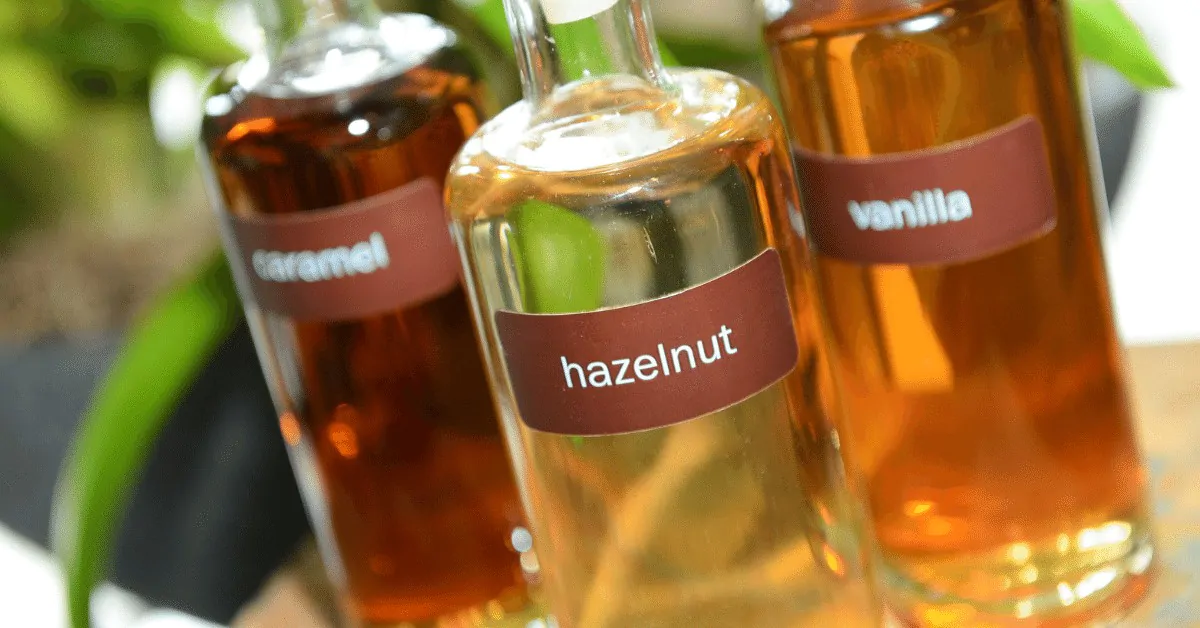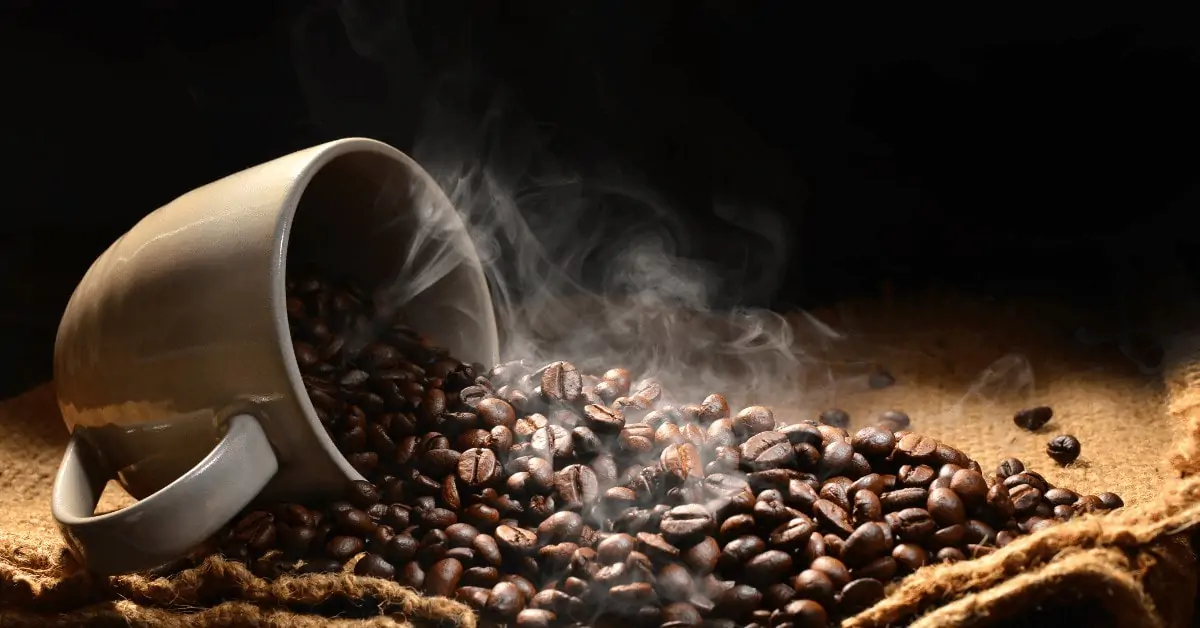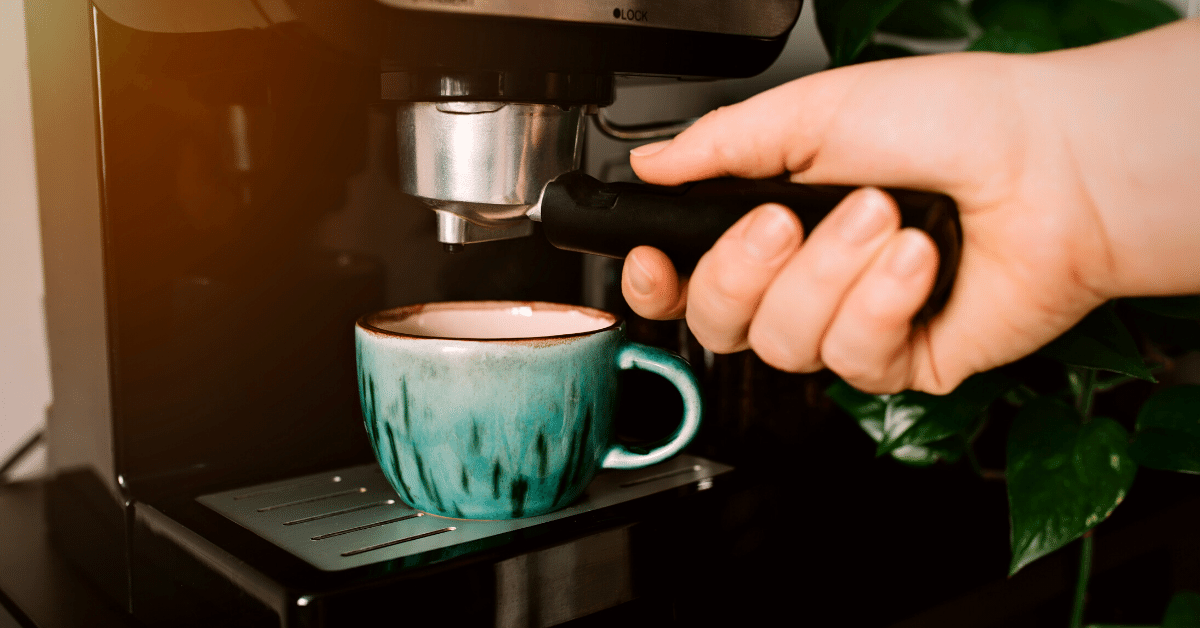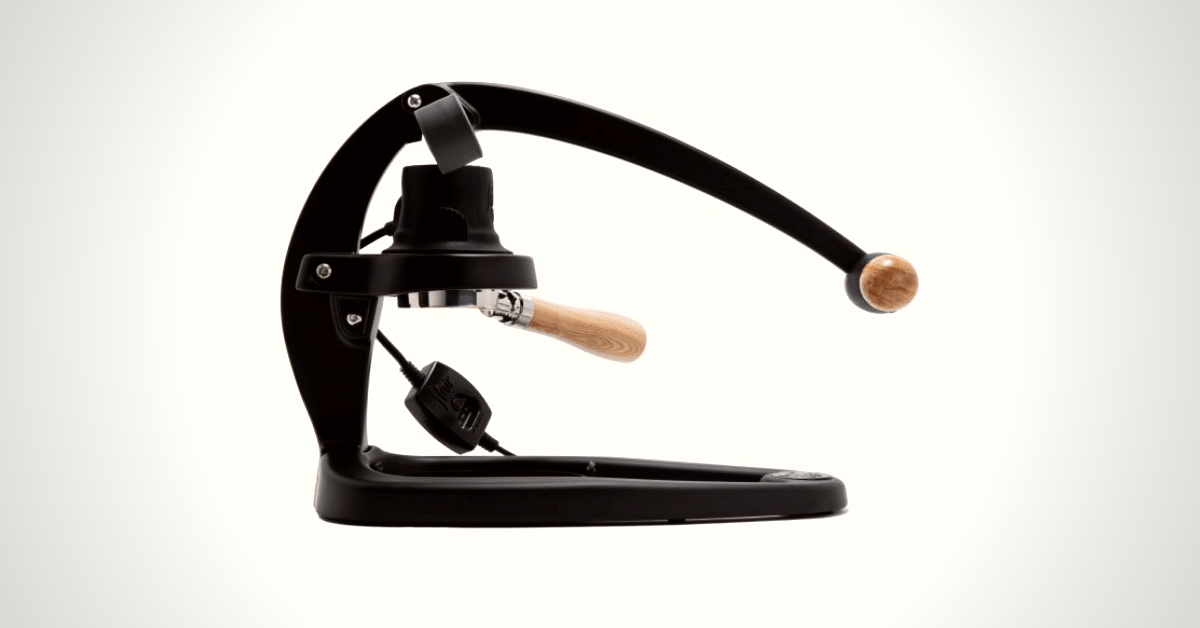In a hurry? Our top choice is Lifeboost Espresso Whole Bean Coffee!
Choosing coffee beans for your Breville espresso machine isn’t easy.
But there are a few standout choices that are great options.
In this article, I’ll break down the best espresso beans for Breville.
And I’ll even tell you how to pick espresso beans for your personal taste!
Let’s get to it.
This bold and dark Espresso Coffee has a smokier and fuller flavor, making it the perfect complement to creamy lattes or sweet add-ins.
1. Lifeboost Espresso Whole Bean Coffee
My first rule when choosing the best coffee for an espresso machine like Breville is – it should be single-origin.
Why?
Because the beans sourced from a specific region keep the unique flavors – as opposed to blended coffee that ends up with mixed-up flavors.
That’s why Lifeboost Espresso coffee is my first choice.
The beans are hand-selected from the mountain rainforests of Nicaragua. And since they’re not blended with beans from other regions (like most coffees from the list), they keep the unique flavor notes of caramel and chocolate with a hint of fruit.
What’s more, it’s a dark roast. So, because of low acidity and robust flavors, it won’t be overwhelmed by milk, cream, or sugar.
Plus, it’s organic, fair-trade, and 3rd party tested for mycotoxins, heavy metals, and pesticides. So, you can trust this brand when they say they deliver truly healthy coffee.
On the downside, this coffee is very pricey. Ok, I understand that the quality comes with a high price tag. But it’s not really something I can afford to drink daily.
Pros
- Dark roast is great for espresso because you can pair it with milk and still get a bold flavor
- It’s single-origin, which means you get unique flavor notes from a specific region
- Lifeboost offers a 30-day money-back guarantee, so you can get a refund if you are not satisfied with the product
- The brand works with bird-friendly farms, and it’s fair-trade certified, meaning you get ethically-sourced coffee
Cons
- This coffee has a rather high price tag, so it’s not really affordable as a daily coffee
2. Stumptown Holler Mountain Whole Bean
Stumptown is a widely respected national roaster.
And Holler Mountain is one of Stumptown’s flagship blends.
Holler Mountain combines coffees from Central and South America with coffees from East Africa. The result is a balanced coffee with notes of caramel and berry jam.
Why do I like this coffee as espresso?
Because it’s got a full-bodied profile with rounded flavor. The chocolatey notes from the American coffees pair nicely with the tartness of the African coffees. And you end up with a perfectly mellow espresso.
Plus, this coffee goes well with milk. (Added bonus: it’s super versatile, so if you want just a brewed cup instead of espresso one day, this coffee still tastes great.)
This coffee isn’t an espresso blend or roast. It might take a few tries to get the espresso just right.
Once you do get it right, though, it will probably become a staple in your kitchen.
My favorite use: in a flat white. The thin milk captures the espresso taste without overpowering the unique flavors.
Pros
- American coffee mixed with African coffee means you get a balanced and full-bodied espresso
- Pairs well with milk, especially at a lower ratio like a flat white or cortado
- It’s a really versatile coffee, so you can brew this in a pot, and it will still taste great
Cons
- It’s not an espresso blend or roast, so getting the espresso shot right might take a few tries
3. Groundwork Organic Single Origin Ethiopia
When I think of espresso, I usually think of Ethiopian coffee.
Why – you might ask?
Because I love Ethiopian espresso. I know that might sound odd, especially if you’re just getting into the world of single-origin espresso.
Single-origin coffees have more unique and interesting flavors than blends. That’s because countries have their own taste profiles.
Ethiopian coffees are known for their deep fruit and citrusy flavors without being too bold or bitter. And those notes shine when brewing espresso.
This particular Ethiopian blend combines different processes for a full and balanced flavor.
Why is this coffee good for your Breville espresso machine?
It’s a pretty forgiving single-origin coffee. That means that even if you’re a beginner at espresso, you’ll still get great results.
And, if you’re a pro, you’ll find a really complex and tasty espresso.
Another plus is that this coffee bean is certified organic.
A downside is that this coffee isn’t great when paired with milk. I think it shines when consumed straight. But if you’re into drinking straight espresso, this is a great choice!
Pros
- The taste of citrus and deep fruit come through really strong, making this a delicious espresso
- It’s a forgiving coffee, so brewing it in your Breville espresso maker will get you great results even if you’re not a pro
- It’s certified organic, so you can rest assured this coffee bean comes from a good place
- A blend of processes means this coffee isn’t too jammy or too mellow, it’s well-balanced
Cons
- Because it’s a single origin, it doesn’t pair too well with milk and tastes better alone
- Because it’s a blend of Ethiopian coffees, you get the Ethiopian tastes but not the specific farms
4. Intelligentsia Black Cat Espresso
Intelligentsia is another respected national roaster. They’re based out of the Chicago area.
The Black Cat Espresso blend is one of their oldest and most popular coffee blends.
It features a combination of Brazilian and Columbian coffees using the Honey and washed processes. (Think sundried tomatoes and soaked almonds.)
Brazilian coffees are known for their nutty and chocolatey flavors. And Columbian coffees are known for mellow citrus and syrup.
The result in this blend is a deeper and bolder espresso that actually feels perfect in a latte or cappuccino.
Back when I used to live in the Chicago area, I would always ask for this blend when they had it on espresso. It’s really that good.
Plus, because of its deeper and fuller profile, it’s a forgiving coffee that works well with Breville espresso machines.
The only downside is that this coffee doesn’t drink especially well straight. You’ll have to play around a lot and brew a little lighter to get good straight espresso flavors.
Pros
- Brazilian and Columbian blend gives this coffee a chocolate and molasses profile, which makes it a good morning coffee
- It goes well with milk, especially in lattes or cappuccinos, which means if you take espresso with milk, this is a great choice
- It’s a forgiving coffee, so even beginners can get good results
Cons
- Not a great straight espresso coffee, so you’ll need to add milk to balance it out or play around with how you brew
5. Kicking Horse Coffee Grizzly Claw Dark Roast
Kicking Horse is a roaster out of Canada, but they’ve gained a big following in the United States in the last two decades. And for a good reason.
Their coffees are known for being consistent, delicious, and easy to brew.
Grizzly Claw is no different.
It’s a dark roast coffee that’s not specifically for espresso. But they recommend brewing it in a French Press coffee maker. And I have often found that when roasters recommend a French Press, it usually tastes good as espresso too.
The blend itself is from Central and South America, which means you get a rich cocoa and sugar cane profile.
But my biggest secret? It actually tastes really good on its own. Like straight espresso. As a dark roast. Sounds crazy.
The consistency of the flavor profile and the dark espresso roast actually make this a super versatile espresso. It goes well with any amount of milk or by itself.
That also means it’s forgiving and easy to work with in your Breville espresso machine.
On top of all that, it is certified organic, Fair Trade, and Kosher coffee beans.
The only downside is that, in my opinion, it’s not a great brewing coffee.
Pros
- Certified organic, Fair Trade, and Kosher bean coffee means you can rest assured it comes from a good place
- It’s a really versatile espresso, so it pairs well with any amount of milk or as straight espresso
- Central and South American coffees mean you get nice cocoa and sugar cane flavors
Cons
- It’s not as good of a brewing coffee as it is espresso
6. Lavazza Super Crema Espresso Blend
Lavazza has been around for a long time. Like, more than one hundred years.
But does that mean it’s good coffee?
In this case, absolutely.
The Super Crema blend is specifically for espresso. It’s a blend of Arabica and Robusta espresso coffee beans.
Basically, that means you get a rich and full-bodied espresso that resembles a classic Italian taste.
But it also means this espresso needs milk and doesn’t taste very good on its own.
That said, it’s about as close as you can come to an Italian cappuccino when brewing at home.
The flavors that come through strongest are hazelnut and cane sugar, though I would say more hazelnut than anything else.
The reality is that this is a strong espresso. It’s dark and full-bodied. It reminds me of the coffee my grandparents used to drink.
Personally, I like it for cold mornings when I want a hot cappuccino in my hands to warm me up.
But if you’re into bold espresso, this is great anytime.
Pros
- Because it’s a blend of Arabica and Robusta, you get a classic Italian espresso flavor
- Pairs really well with milk, especially in a cappuccino
- Flavors of hazelnut and cane sugar come through pretty strong, meaning you’ll get a deep profile every time
Cons
- Because of the blend, it’s not great on its own and should be mixed with milk
How to Pick the Best Espresso Beans?
Look, picking the best coffee beans can seem daunting. But the reality is, it’s hard to go wrong.
However, buying decaf coffee beans is a little trickier than buying regular beans.
What you really should think about is how you want to use your beans and what you like to taste.
After all, coffee is all about personal taste, so following your taste buds is always the best way.
That said, in this section, I’ll give you an overview of how I think about buying espresso coffee beans. Hopefully, you’ll get a good starting point on your espresso bean journey.
What Does Bean Origin Mean?
Origin plays a big part in how your coffee will taste once it’s in your cup.
Different regions are known for different tastes.
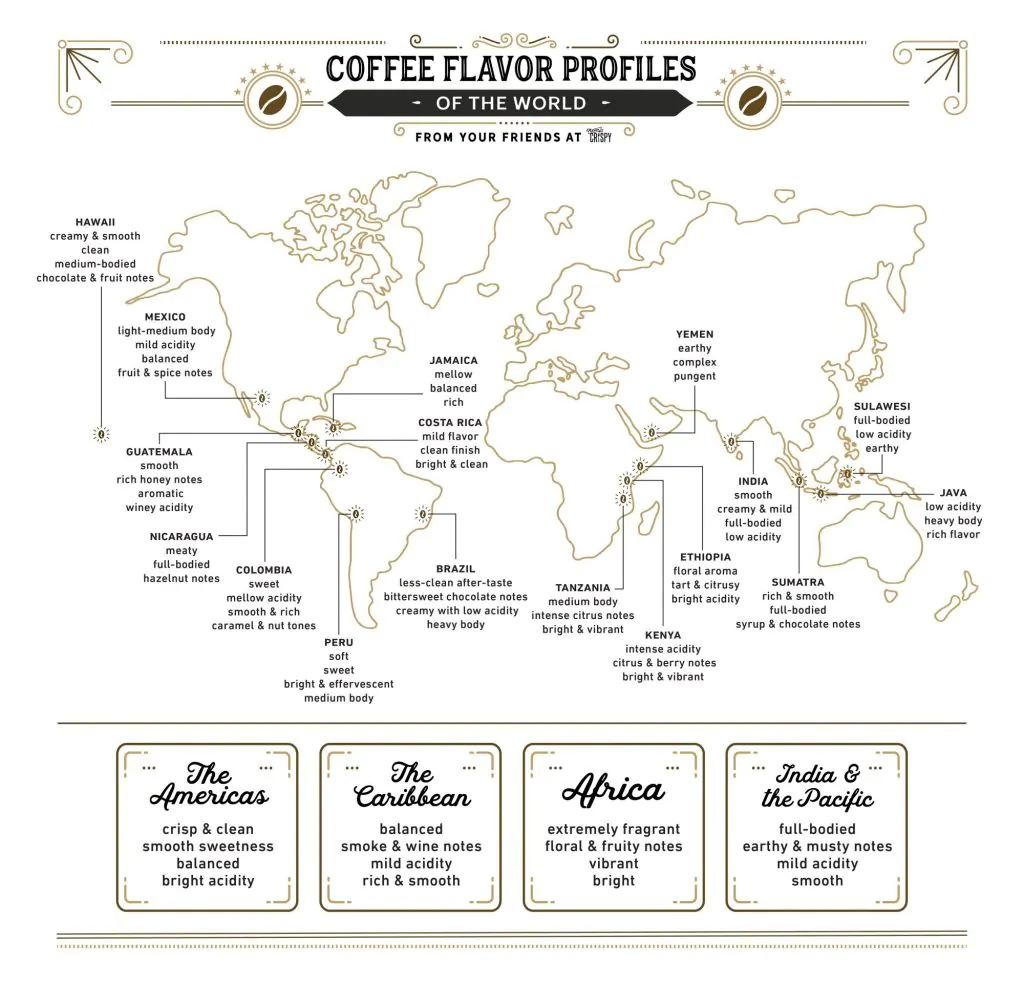
The Americas are known for smooth, creamy, and citrusy flavors. Africa is more known for bright acidity and floral flavors like pink lemonade. The Pacific is known for earthy and full-bodied coffees.
That’s a really simplified understanding, and each country will have its own flavors. Heck, there are even differences from farm to farm within a single country.
You can also fall down the rabbit hole of the different types of coffee plants that change the flavors prominent in each region.
I know it sounds like a lot. But a good place to start is to have a general idea of which regions you like when buying espresso coffee beans.
Personally, I prefer coffee beans from Central America, like Guatemala, Costa Rica or Nicaragua for my espresso. They have a balanced and chocolatey flavor.
How To Choose A Roast Type
The roast type has the biggest impact on coffee after the beans have been processed.
Think of roasting like cooking steak. Once the meat is cut, treated, seasoned, and prepared, you have to cook it.
You can cook it to rare, medium, well-done, or just about anything in between. And changing the time you cook a steak for changes your experience while eating it.
The same is true for roasting coffee beans. You can roast them for a little bit, a medium amount of time, or a long time.
And it changes your experience while drinking the coffee.
A general rule is that the lighter the roast, the more unique flavors make it into your espresso. But also the harder it is to fully bring those flavors out.
A darker espresso roast is easier to work with, but fewer unique flavors make it into the cup.
Darker roasts, though, usually pair better with milk than lighter roasts. At least they do in my opinion. They are also great for other brewing methods besides espresso machines, such as cold brew.
Medium roast brings the balance between the dark and light espresso roast. It still has a full taste but without so many defining characteristics.
However, medium roast is very versatile. That’s great if you plan to take a detour from an espresso drink and make some regular coffee (for example, drip coffee) from time to time.
What Flavors To Look For
The flavor is the most personal of all the factors when talking about espresso beans.
I worked with some baristas who swore that pink lemonade was the peak of espresso flavor.
And I would always tell them they were wrong and that chocolate was the best flavor you could find.
Who was right? Well, we all were.
There are many, many different flavors you can find in coffee. And they can be broken down into different categories.
The most desirable flavors are cocoa, sweet, floral, or fruity. But within each of those categories are several other flavors.
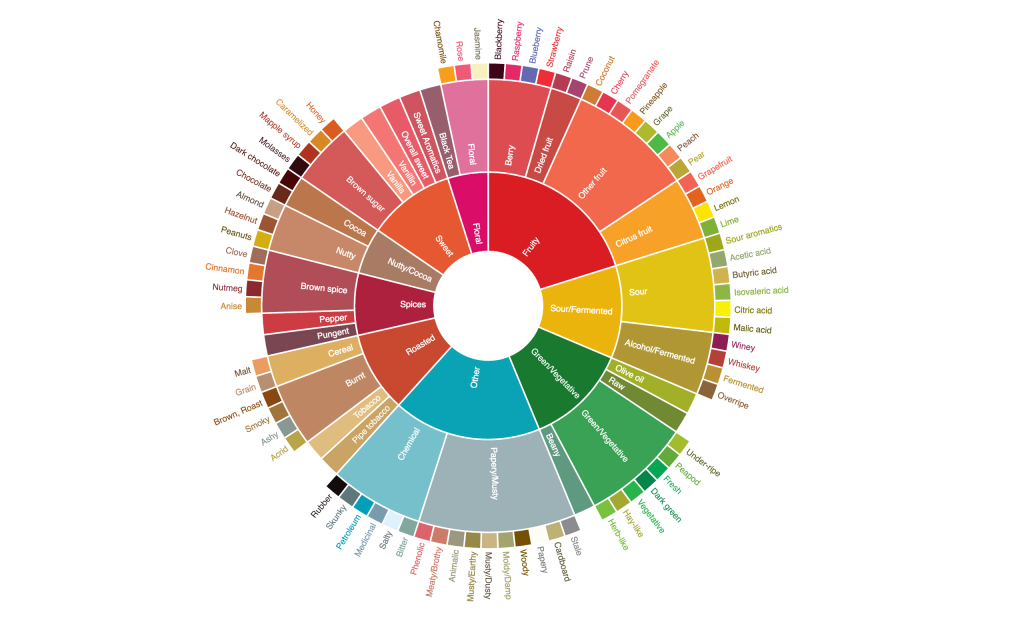
My best advice? Look at the tasting notes on the bag of coffee you buy and see if you can find those notes when you drink your espresso.
A big part of tasting coffee is being aware of the flavor.
The Final Word on Best Espresso Coffee for a Breville
As far as espresso beans for a Breville coffee machine go, I’d still recommend Lifeboost Espresso Whole Bean Coffee.
It’s single-origin coffee, which means it keeps the unique flavor notes of caramel and chocolate with a hint of fruits, specific to the region of Nicaragua from where it’s sourced.
This dark-roasted coffee pairs well with milk because of the low acidity and bold flavor, so it’s great for espresso-based drinks like latte or cappuccino.
And finally, Lifeboost Espresso coffee is organic, fair-trade, and free from toxins. That means you are getting a healthy and ethically sourced product.
It is rather pricey, but you get what you paid for.

